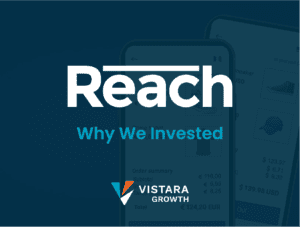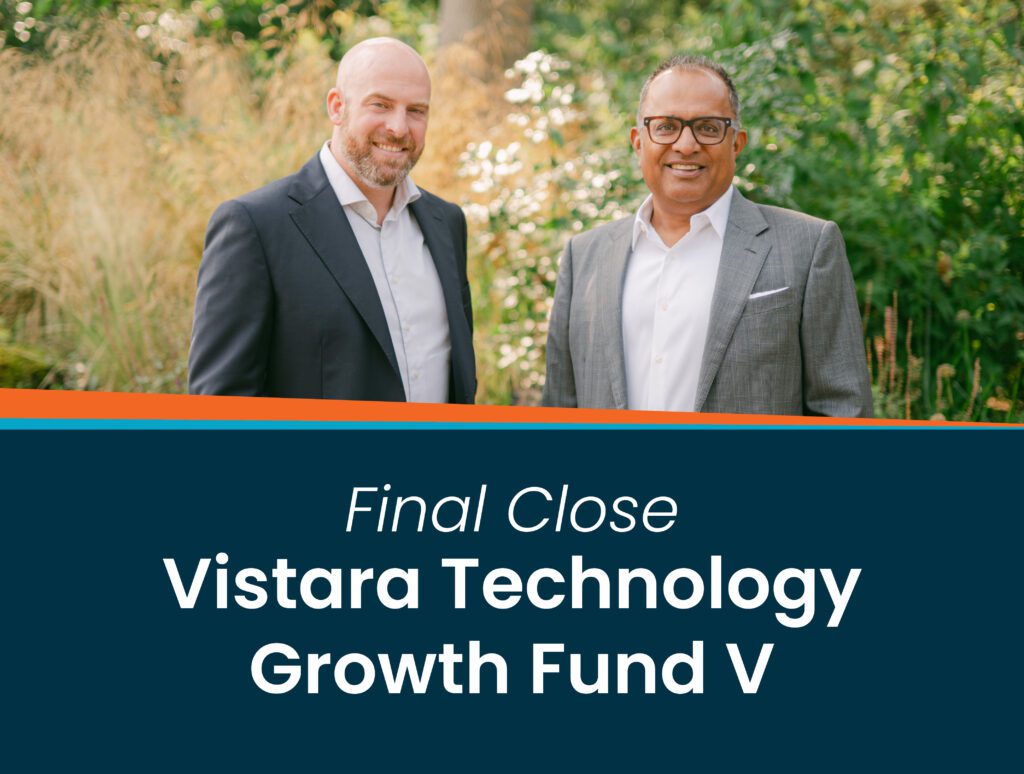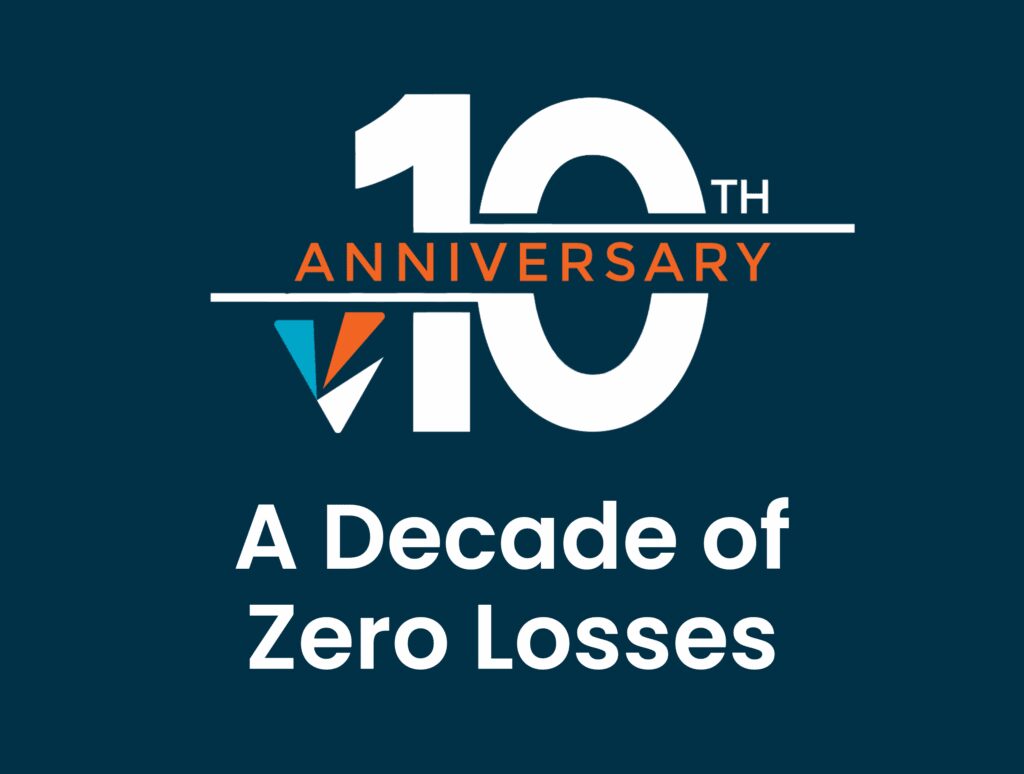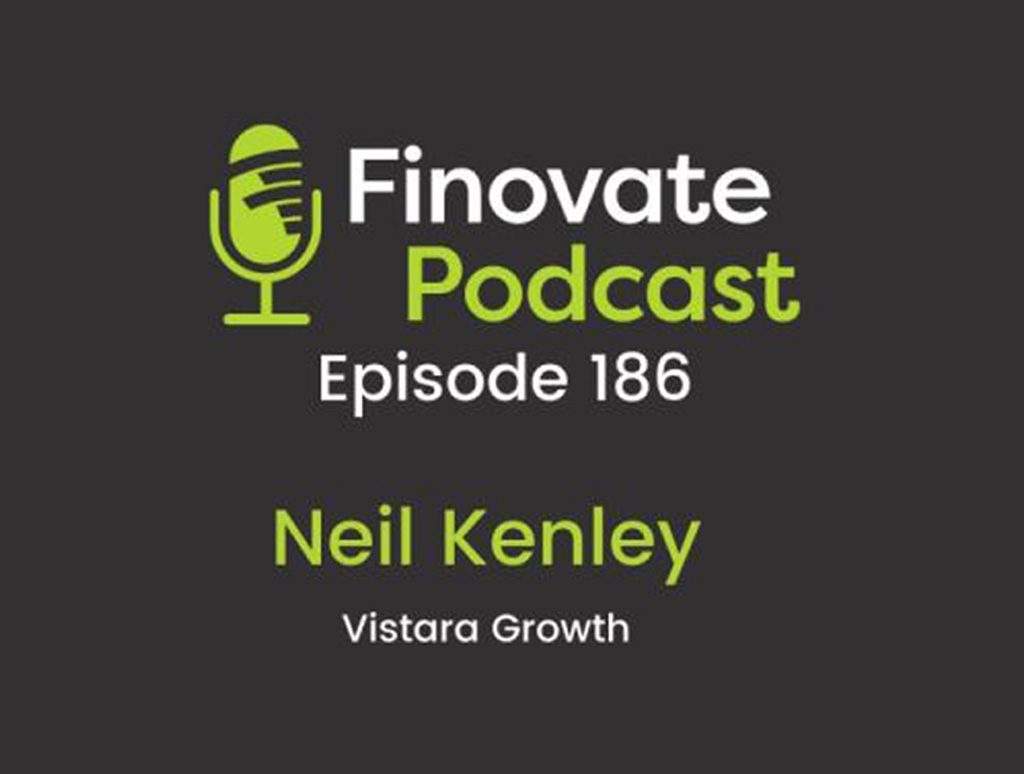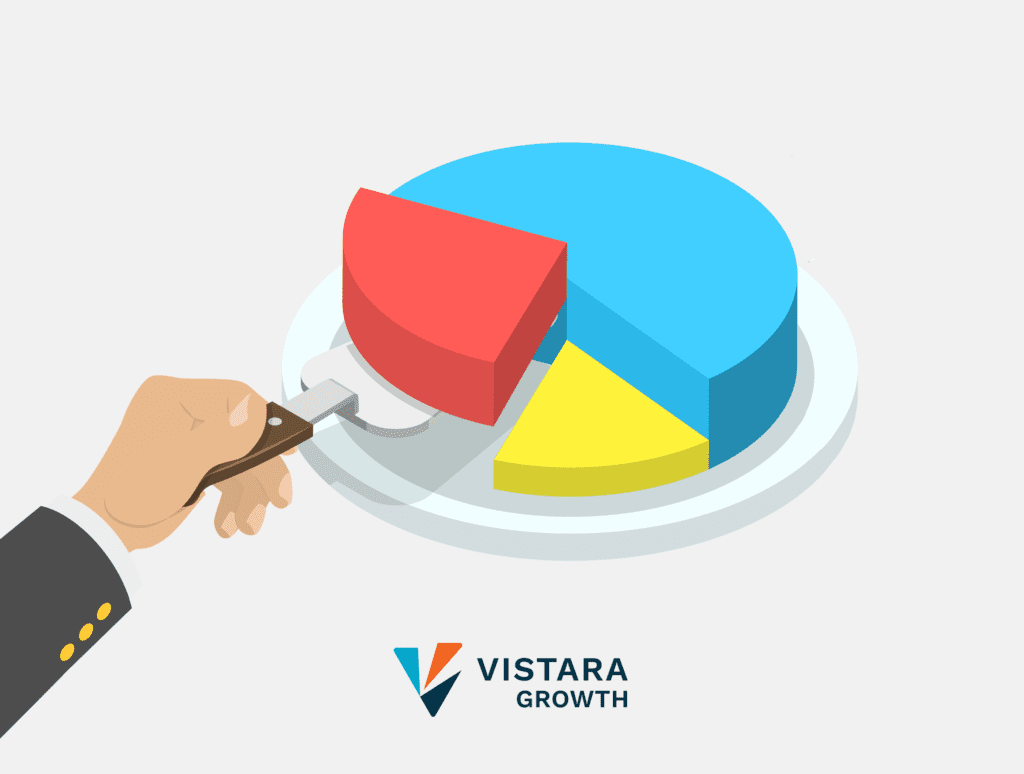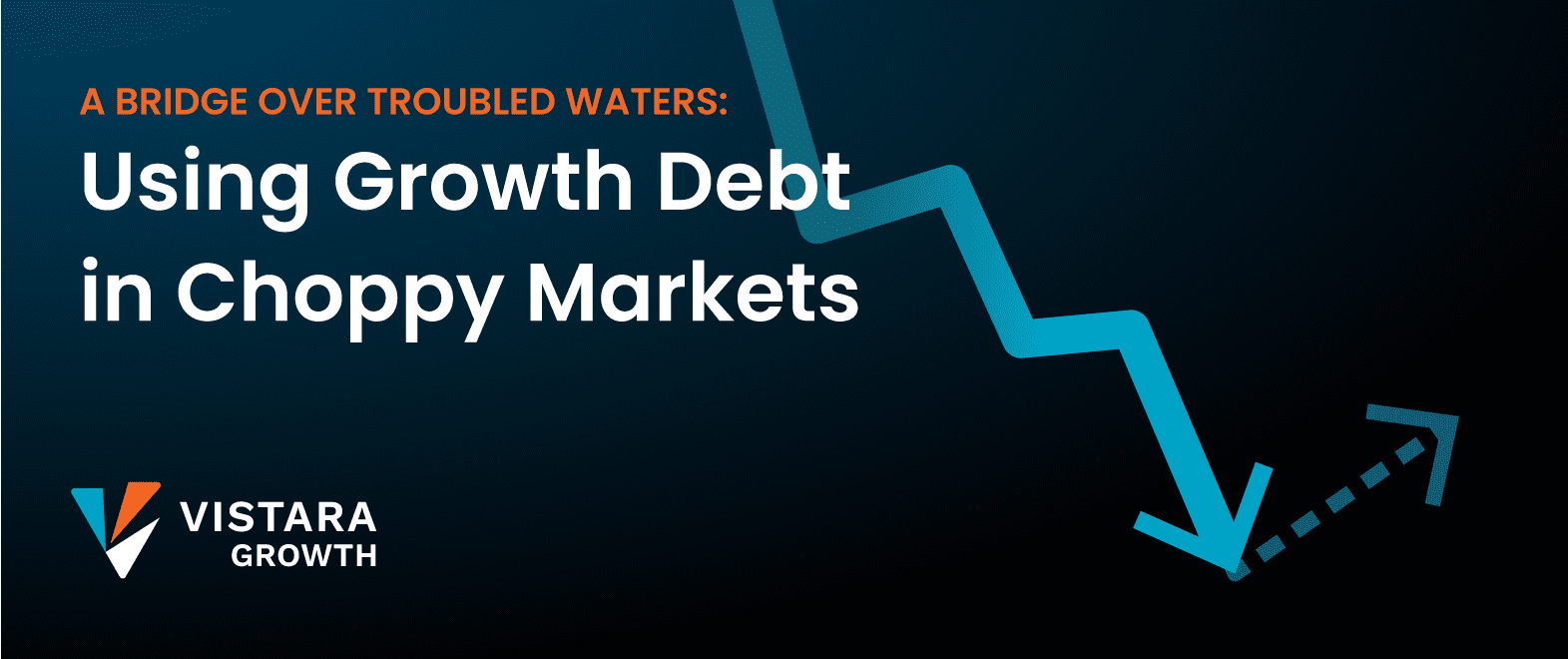
Amidst choppy markets with rapidly changing valuations for growth stage technology companies, what sequencing and forms of debt and equity should management and their boards be considering to continue funding expansion plans?
We at Vistara Growth provide both Growth Debt – Term and/or Convertible – and Growth Equity, and have a unique window into how each form of capital is adjusting to the volatility and new valuation benchmarks in private markets. Spoiler: equity raises are more challenging to close given the public valuation rollercoaster, while lending processes appear to remain competitive to the benefit of technology and especially software-as-a-service (SaaS) companies. Larger convertible debt financings led by external investors rather than smaller insider rounds are also emerging as particularly attractive given the market dynamics. Why?
Equity Valuations are on a Rollercoaster
Per @jaminball at Altimeter Capital, public market investors valued the median SaaS company at approximately 8x from 2015-2020, climbing to 20x forward revenue in 2021 before declining rapidly to 12x in December 2021, 9x in March 2022 and now approximately 6x. Bessemer Venture Partners has referred to the declines as the “SaaSacre”. So, what does this really mean? A company that raised capital at a $500M valuation during 2021 likely had ~$25M of forward revenue. Today, that company would need to more than triple revenue to ~$80M just to be able to achieve a flat round let alone the increase desired by existing investors.
Debt Markets Remain Stable
While lending multiples also expanded during the equity valuation boom, they did so much more modestly, so there has been less contraction now. Importantly, lending to SaaS was mostly being closed at up to 2.0x Annualized Recurring Revenue (“ARR”) so lenders still believe there is cushion compared to current equity valuations and continue to make new loans. Unless lenders see equity multiples take another big dive and/or equity markets completely freeze, we anticipate the lending market for SaaS and other resilient technology businesses to remain active.
A competitive lending market is proving to be a relief for equity investors (including ourselves!) when most needed. Through regular conversations with our friends at venture and growth equity funds, it is clear many are encouraging their companies to explore the range of less dilutive alternatives to extend runway and stay focused on operations and continued growth. Companies should always maintain a dialogue with targeted equity investors while more practically being prepared to wait for a better, or at least more stable day to raise a big equity round.
What are the “less dilutive” Growth Debt options?
The two most common forms of Growth Debt are term debt and convertible debt, and unique in the market Vistara Growth provides both. Importantly, Growth Debt can be raised in advance of an equity round to help postpone it, whereas traditional venture debt follows “fresh” equity. Our term debt is always non-amortizing and often subordinated to bank debt so existing relationships are preserved and the company achieves an attracted blended rate between debt providers. Our convertible debt is non-dilutive in the short term while also acting as “future equity” that converts into a round raised at a later date and on better terms than could be achieved today.
Why is Convertible Debt suddenly so attractive?
Equity raised today but at a future price is a compelling structure to companies frustrated by the uncertainty of and lower valuations offered in the current financing environment. Case studies of portfolio companies that took advantage of convertible debt and Vistara Growth later converted and participated in and even lead future equity rounds include: network monitoring company Kentik, conversation AI company Kore.ai, and banking and capital markets software company Zafin.
Both Growth Debt or Growth Equity are important forms of capital to fund technology company expansion. There is no perfect time to raise one or the other, but amounts and sequencing of each are critical so founders and existing shareholders retain significant ownership while ensuring that their companies remain comfortably funded. The current environment is telling us the time is right for companies to consider adding Growth Debt to maintain their pace of growth without having to worry about valuations and cap tables. Much better to defer a company’s equity round rather than its ambitions!

About Vistara Growth
Vistara Growth provides highly flexible growth debt and equity solutions to leading technology companies across North America. Founded, managed, and funded by seasoned technology finance and operating executives, “Vistara” (Sanskrit for “expansion”) is focused on enabling growth for the ambitious entrepreneurs we invest in, our investors, our people, and the communities we operate in. For more information, visit vistaragrowth.com
Looking for Flexible Growth Capital?
Read our case studies to learn how our growth debt and equity solutions have enabled our founders and helped our portfolio companies.
